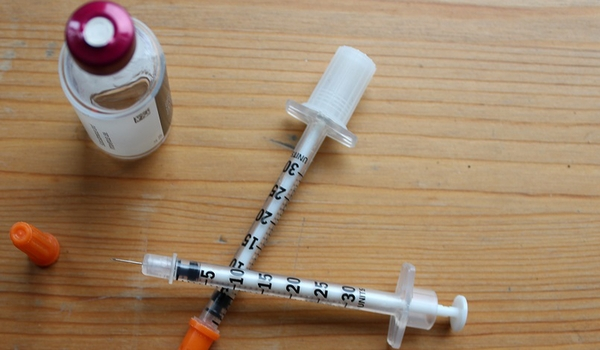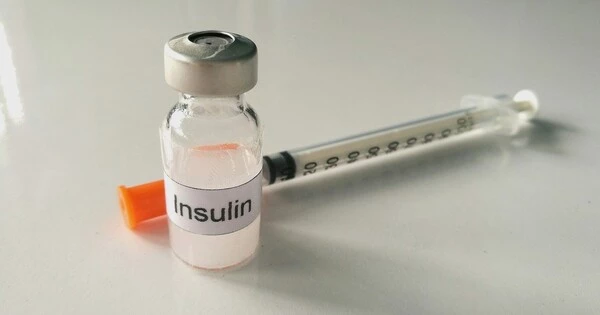Treating mice models of insulin-dependent diabetes mellitus (a condition found primarily in type 1 diabetes) with a combination of leptin and a drug called PTP1B inhibitor, researchers found that blood glucose levels normalized without the use of insulin.
A research group at Nagoya University in Japan has discovered a new treatment for type 1 diabetes that uses leptin, a hormone secreted by fat cells. Treating mice models of insulin-dependent diabetes mellitus (a condition found primarily in type 1 diabetes) with a combination of leptin and a drug called PTP1B inhibitor, they found that blood glucose levels normalized without the use of insulin.
Scientists studying rodents have found that administering leptin centrally to animal models of insulin-dependent diabetes mellitus normalizes glucose metabolism without the use of insulin. Unlike insulin, leptin administration lowers the risk of hypoglycemia.
Ryoichi Banno
Finding new treatments for diabetics is important. Although the discovery of insulin made type 1 diabetes less deadly, studies have revealed additional issues that need to be resolved. This includes the lifelong need for frequent subcutaneous injections and side effects such as hypoglycemia (low blood sugar), fat accumulation, and the buildup of fat inside the arteries.
Scientists studying rodents have found that administering leptin centrally to animal models of insulin-dependent diabetes mellitus normalizes glucose metabolism without the use of insulin. Unlike insulin, leptin administration lowers the risk of hypoglycemia. It also suppresses fat synthesis. However, peripheral administration of leptin has had limited effects on glucose metabolism in rodent and human studies, making its clinical application difficult.

A Nagoya University research group comprising of Associate Professor Ryoichi Banno for the Research Center of Health, Physical Fitness, and Sports, in collaboration with Professor Hiroshi Arima of the Department of Diabetes and Endocrinology, has found that the limited effectiveness of leptin can be improved by inhibiting PTP1B. They reported their findings in Diabetes.
Protein-tyrosine phosphatase 1B (PTP1B) is an enzyme widely found throughout the body. In the absence of PTP1B, leptin receptor signaling in the central nervous system is enhanced. Therefore, the group hypothesized that the combined administration of leptin and a PTP1B inhibitor in insulin-dependent diabetes mellitus model mice would improve glucose levels. In addition, they identified the mechanism of leptin, confirming thatit acts on the brain, especially the POMC neurons in the hypothalamus. It also promotes glucose uptake in peripheral organs, such as muscle and brown adipose tissue, via the autonomic nervous system.
The group intends to conduct further research to assess future clinical applications. Dr. Banno is enthusiastic about the potential of the treatment. “If this treatment method is applied clinically,” he says, “we expect it to reduce the frequency and amount of subcutaneous insulin injections used in conventional treatment, decrease the frequency of hypoglycemia caused by insulin therapy, and reduce the risk of weight gain.”





